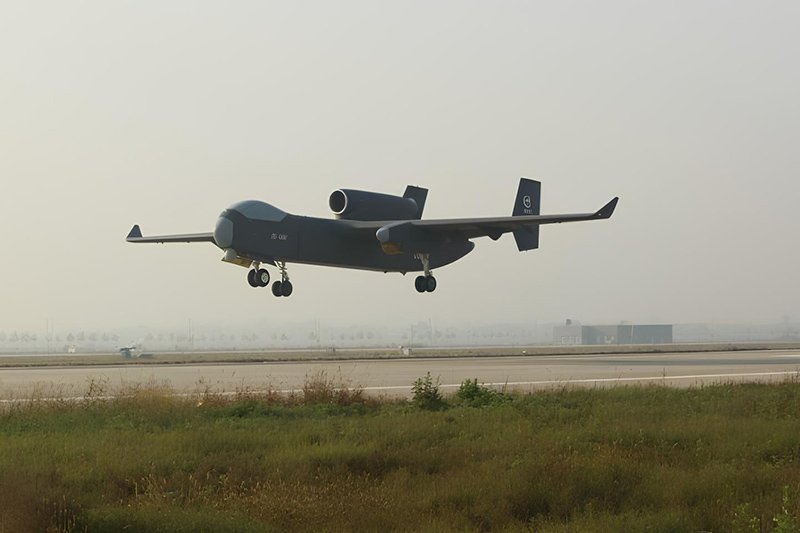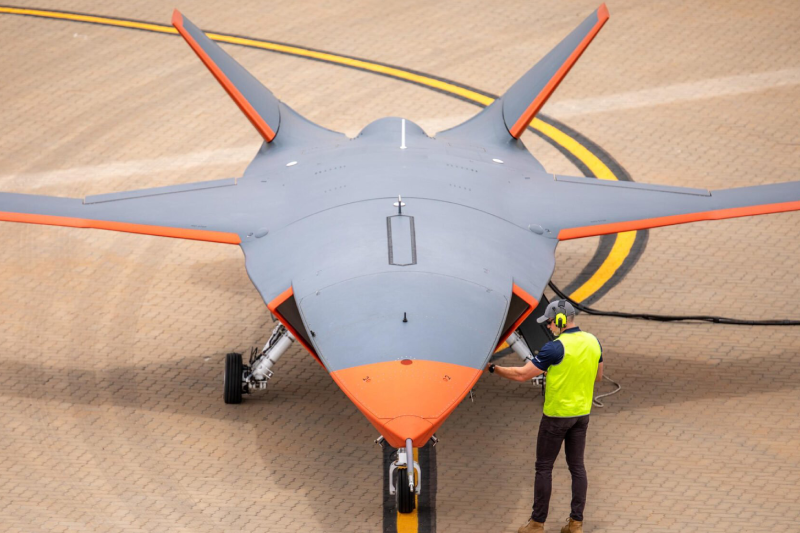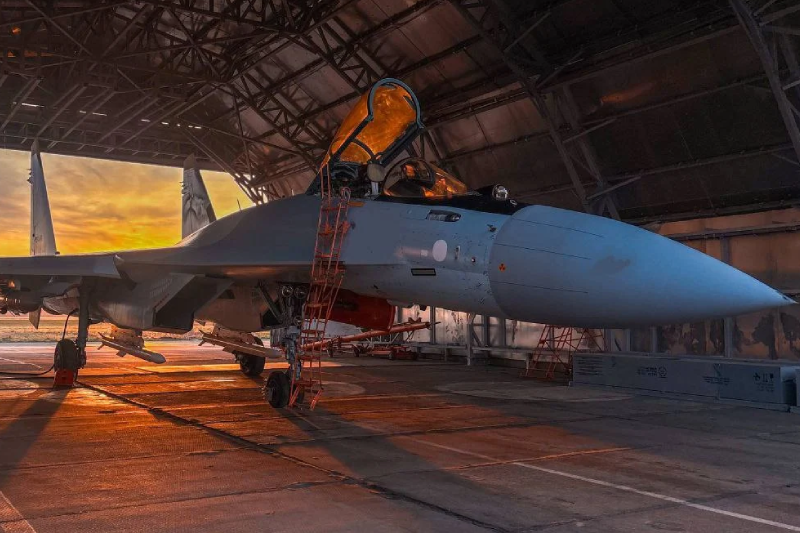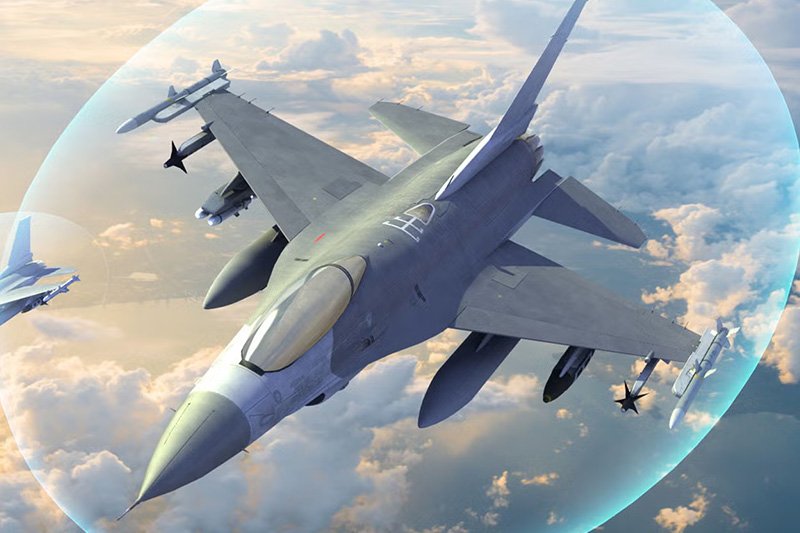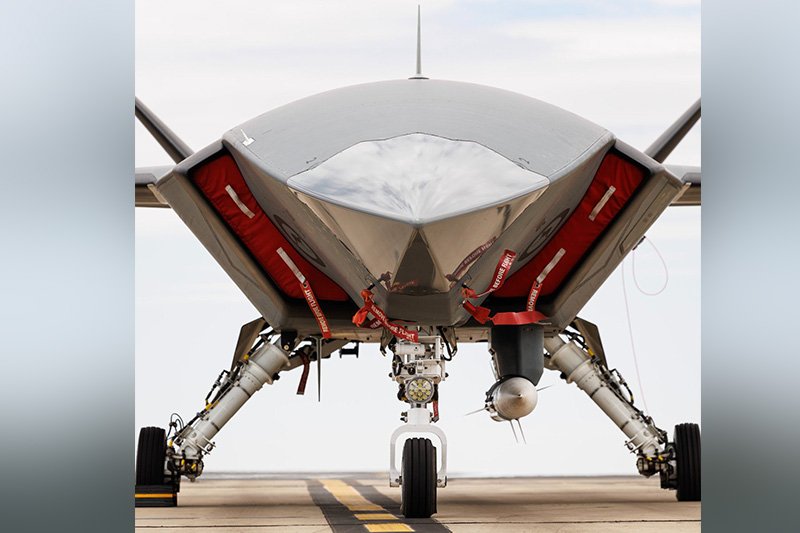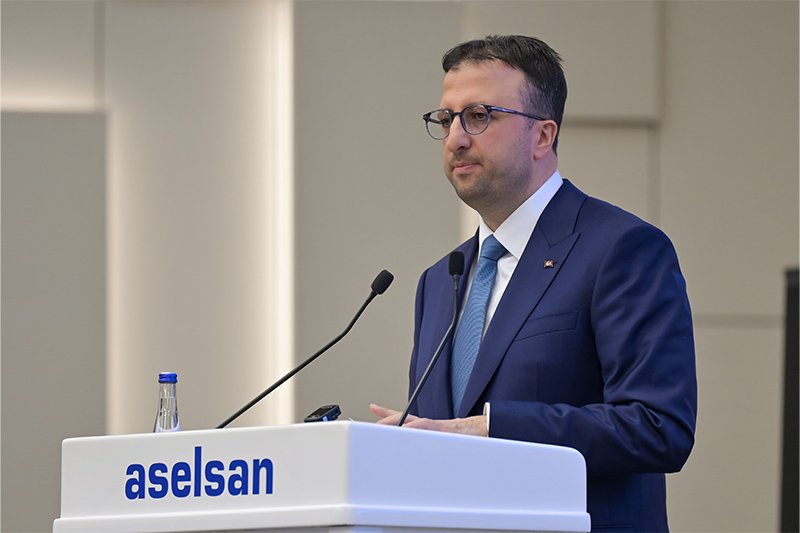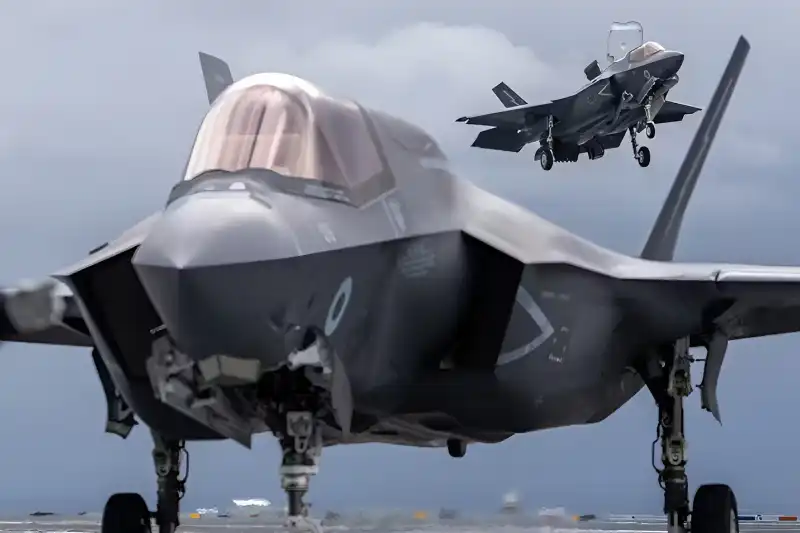UK’s F-35 Jet Fleet Faces Delays and Shortages, Watchdog Warns
The National Audit Office (NAO) has released a comprehensive report highlighting significant challenges facing Britain’s F-35 Lightning II programme, raising concerns about the country’s warfighting capability and defence preparedness. The public spending watchdog’s findings reveal a troubling pattern of delays, infrastructure gaps, and personnel shortages that are undermining the effectiveness of the UK’s most advanced warplane programme.
The NAO’s assessment comes at a critical time when Britain faces evolving security challenges and increasing defence spending commitments. The report’s findings suggest that despite substantial investment, the F-35 programme has failed to deliver expected capabilities within projected timelines and budgets.
F-35 Fleet Status and Capabilities
As of June 2025, the Royal Air Force operates 37 F-35 Lightning II aircraft, which are deployed from the Royal Navy’s two Queen Elizabeth-class aircraft carriers. These Lockheed Martin-manufactured stealth fighters represent the most technologically advanced aircraft in British service, designed to remain operational until 2069.
The F-35s provide the UK with unprecedented capabilities in air-to-air combat, ground attack missions, and intelligence gathering operations. The aircraft’s stealth characteristics and advanced sensor systems enable operations in contested airspace where previous generation fighters would face significant risks.
Performance Shortfalls and Mission Readiness
The NAO report reveals concerning performance metrics that highlight the programme’s operational challenges. The F-35 fleet’s “full mission capable rate” – measuring the aircraft’s ability to execute all required missions – achieved only approximately one-third of the Ministry of Defence’s established targets during the previous year.
This capability shortfall significantly impacts the RAF’s operational effectiveness and raises questions about the fleet’s readiness for potential conflicts. The reduced mission capability rate suggests systemic issues with maintenance, spare parts availability, or training that prevent optimal aircraft utilization.
Weapons Integration Delays
Critical weapons integration programmes face substantial delays that will postpone full operational capability until the early 2030s. The planned integration of long-range ground attack weapons, designed to enable strikes against surface targets while maintaining stealth characteristics, represents a crucial capability gap.
These weapons integration delays prevent the F-35 from realizing its full potential as a multi-role fighter platform. The postponement of these capabilities reduces the aircraft’s effectiveness in ground attack missions and limits tactical options for military commanders.
Cost Overruns and Budget Concerns
The NAO’s financial analysis reveals substantial cost increases that far exceed initial Ministry of Defence projections. The programme has already consumed £11 billion, representing a significant increase from original 2013 estimates, with limited capability returns according to the watchdog’s assessment.
The Ministry of Defence’s current project estimate of £18.76 billion appears “considerably lower” than the NAO’s comprehensive analysis, which projects total programme costs of approximately £71 billion. This dramatic cost escalation represents more than three times the original MoD forecasts.
Infrastructure and Personnel Challenges
The report identifies critical infrastructure gaps and personnel shortages that compound the programme’s operational difficulties. These deficiencies affect maintenance capabilities, pilot training programmes, and overall fleet readiness, creating cascading effects throughout the F-35 enterprise.
Infrastructure limitations may include inadequate maintenance facilities, insufficient spare parts storage, or outdated support equipment that fails to meet F-35 operational requirements. Personnel shortages could affect pilot training, maintenance technicians, or specialized support staff essential for complex stealth aircraft operations.
Economic Impact and Industrial Benefits
Despite operational challenges, the F-35 programme generates significant economic benefits for British industry and employment. The programme has created £22 billion in contracts for UK companies, supporting thousands of high-skilled jobs across the defence sector.
The recent announcement of 12 additional F-35A aircraft purchases will support approximately 20,000 jobs throughout the UK supply chain. This industrial participation ensures British companies maintain critical aerospace capabilities while contributing to the international F-35 programme.
NATO Nuclear Mission Participation
The UK’s commitment to NATO’s dual capable aircraft nuclear mission represents a significant strategic development that enhances alliance deterrence capabilities. This participation demonstrates Britain’s continued commitment to NATO’s collective defence while maintaining nuclear deterrence credibility.
The nuclear mission capability requires specialized training, infrastructure, and security protocols that add complexity to F-35 operations. However, this capability provides strategic value that extends beyond conventional warfare applications.
Defence Spending Commitments
Prime Minister Sir Keir Starmer’s announcement of increased defence spending to 2.5% of GDP by 2035 aligns with NATO targets and reflects growing security challenges. This commitment follows the NATO summit agreement to boost defence spending due to “profound” security challenges and Russia’s long-term threat.
The increased defence spending commitment provides potential resources to address F-35 programme deficiencies while supporting broader military modernization efforts. However, effective resource allocation will be crucial to maximize capability improvements.
Ministry of Defence Response
The Ministry of Defence maintains that the F-35 programme operates within approved budgets and will achieve two full operational squadrons by year-end. This position suggests confidence in near-term capability improvements despite the NAO’s concerns about long-term costs and performance.
The MoD’s emphasis on the programme’s “world-class capabilities” and economic benefits reflects their perspective that the F-35 remains a sound investment despite current challenges. This optimistic assessment contrasts with the NAO’s more cautious evaluation of programme performance.
Strategic Implications for UK Defence
The F-35 programme’s challenges highlight broader issues with complex defence procurement and the risks of depending on international partnerships for critical capabilities. The programme’s difficulties could affect UK defence planning and alliance relationships if capability gaps persist.
The NAO’s recommendation that the MoD prioritize resources to maximize F-35 programme benefits suggests need for strategic choices about capability development. These decisions will influence British defence effectiveness and international standing as a military partner.
Also read this: Germany Rheinmetall Unveils TGS-Mil Protected Armored Truck
Future Programme Outlook
Gareth Davies, head of the NAO, emphasizes the need for the Ministry of Defence to make strategic decisions about resource prioritization to improve F-35 capabilities. This guidance suggests that without focused attention and adequate resources, the programme may continue underperforming relative to its potential.
The early 2030s timeline for full weapons integration capability represents a critical milestone that will determine whether the F-35 programme achieves its strategic objectives. Success in meeting this timeline could validate the substantial investment while failure might necessitate alternative approaches to maintaining UK air power capabilities.
Keep connected with us at Facebook, Twitter, YouTube, Instagram & TikTok for the latest defense happening around the globe.
Discover more from International Defence Analysis
Subscribe to get the latest posts sent to your email.


